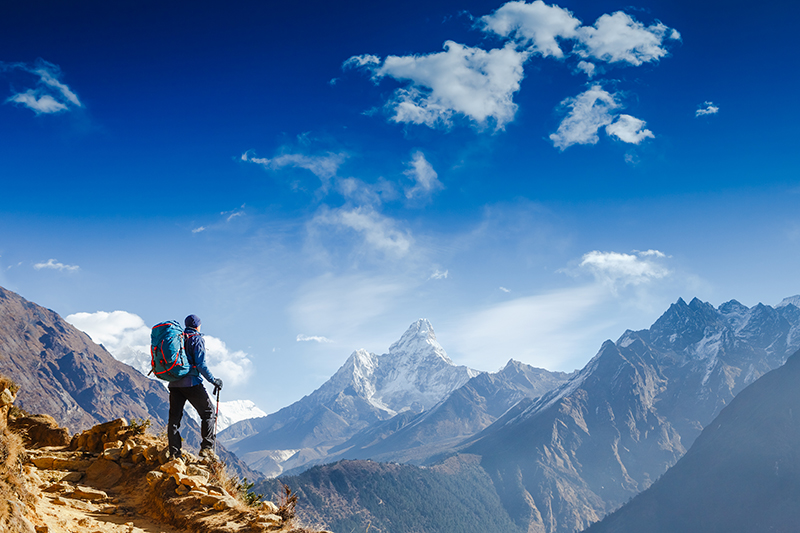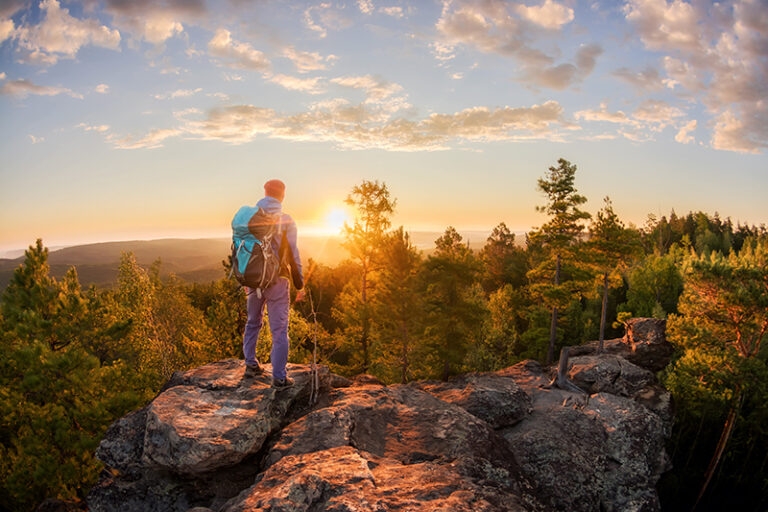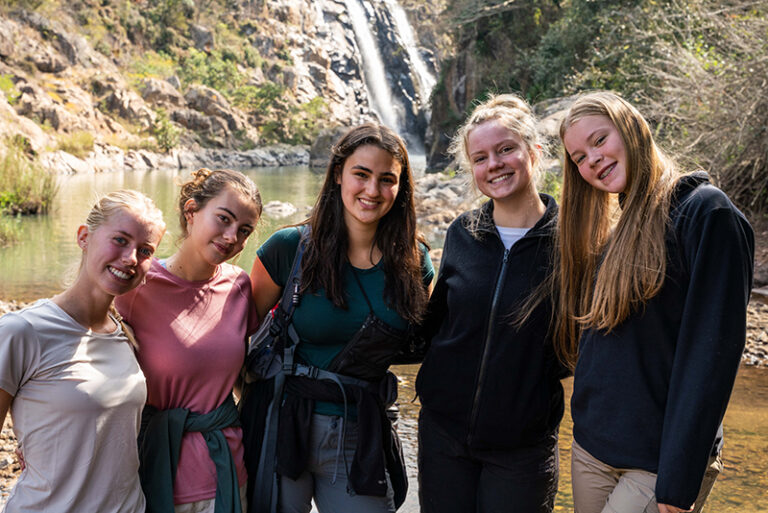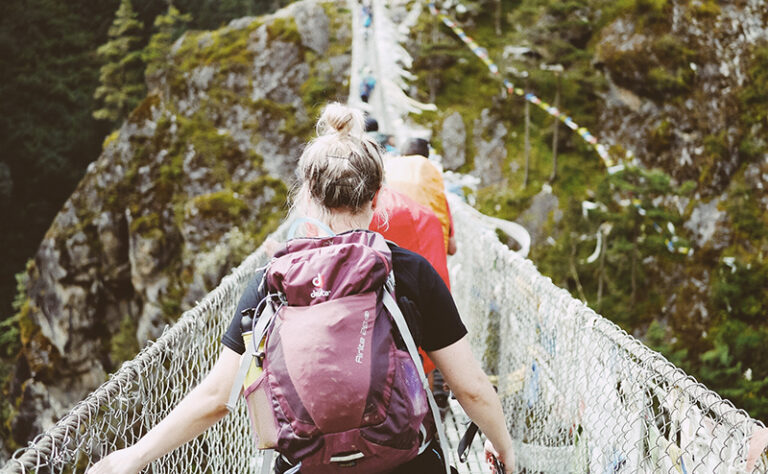Getting into shape before your school expedition isn’t essential, but it can elevate your experience and overall enjoyment of the trip. The fitter you are, the more you’ll be set up to embrace all aspects of the challenge. Regular exercise has plenty of other everyday benefits, including boosting energy, improving sleep, reducing stress, helping with weight control and improving mental health and focus.
One student who knows all about that is Holly Foster. She was 17 when, in 2022, she embarked on a World Challenge Expedition to Ecuador. The four-week itinerary was jam-packed with physical challenges, from day treks through the Andean cloud forest and valleys with cascading waterfalls, to a gruelling push-up to the summit of Pasochoa volcano (4,200m). Not only were Holly and her team trekking through the mountains for days at a time – but they were doing it with the added challenge of thinner air at high altitudes.
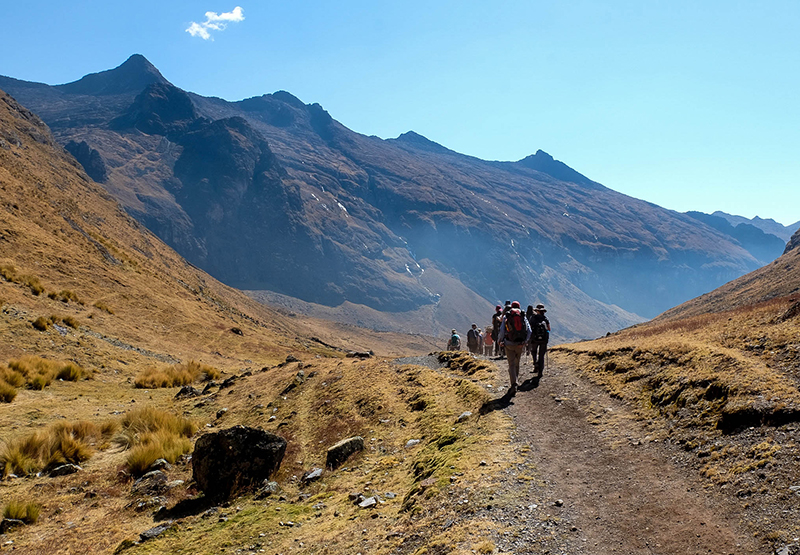
Get Familiar With Your Kit
With such hard work in store, Holly set about preparing at home. Around four months before her trip departed, she began “breaking in” her kit. She had her walking boots and rucksack properly fitted in a shop, and started wearing her boots around the house and on her local dog walks. “I walked in the kit I would be trekking in on my expedition,” she said. “Even the same tops and trousers. Once I was out in Ecuador, I had more confidence knowing I would be comfortable.”
Short local walks are a great place to start – but to build up even more fitness, Holly embarked on a full-day trek a couple of months before her expedition began. Her chosen location was the Chiltern Hills, around a half hour drive from her home in Berkhamsted. “It was somewhere I didn’t know, which was helpful because on an expedition you don’t know the places you’re trekking in,” she said.
As well as picking a location she was unfamiliar with, Holly replicated her expedition trek by trekking through the Chilterns with someone she didn’t know well. “I did it with someone in my team for the Ecuador trip. We didn’t know each other well before, but this was a great way to get to know each other and bond before the expedition,” she said. “We planned the route together, wore our kit and backpacks and brought our own lunch so we were out for the whole day – just like we would be on expedition.”
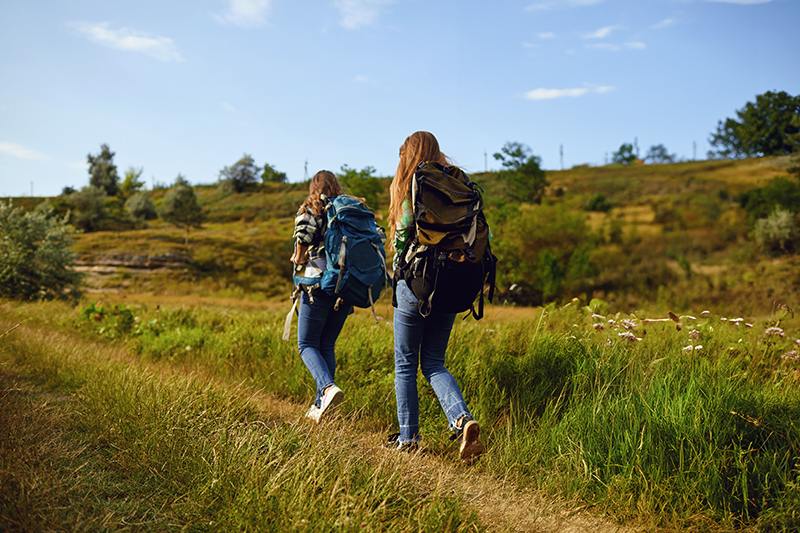
Choose Activities That Raise Your Heart Rate
Bike rides, jogging and hitting the gym were all ways other members in Holly’s team boosted their fitness before their expedition. For Holly, playing netball regularly was her secret weapon when it came to Ecuador’s high altitude (even Quito, the capital, sits at a lofty 2,850m above sea level). “Playing netball builds my stamina, gets my heart rate up and teaches me how to breathe properly – which was super useful when the air was thinner. I am used to being out of breath from netball, so it felt familiar.”
Holly’s top tip to anyone about to embark on an expedition? “Practise with your kit!” she says. “It might be mind over matter, but knowing my backpack was comfortable helped me manage better. Practising is really important – you’ll never be able to replicate the expedition exactly at home, but prepare for it as best you can to make it easier.”
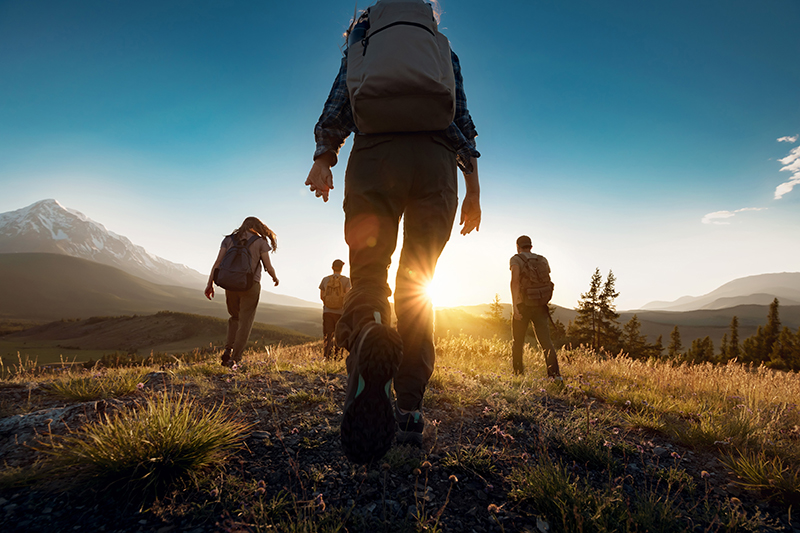
With This In Mind, Check Out Our Top Tips For Fitness Prep:
1. Start early
Begin your fitness journey well in advance of your expedition. Aim to start six months before departure to build up your stamina and strength gradually.
2. Train specifically
The best way to train for trekking with an expedition pack is to trek with an expedition pack. Not all trips will require that, but good cardiovascular fitness, flexibility and strength training will all help.
3. Keep it interesting
Mix up activities to keep things interesting – try a range of running, cycling, walking, gym, yoga, swimming, team sports.
4. Exercise regularly
Young people should be aiming to exercise at least three times per week for 45-60 minutes (even on days when you don’t feel like it!). Don’t get overwhelmed, though – start small and build up.
5. Don’t do it alone
Find friends or family who you can regularly exercise with – that way you can keep motivating each other.
6. Make it habitual
Try and make exercise part of your everyday routine – even small changes help. Walk where you might otherwise have gone by car and take the stairs (not the lift) every time.
7. Take advice
You could chat to your PE staff at school to get guidance on a fitness plan, join a fitness class or use a fitness app. Couch to 5K is a great place to start – it’s a running plan that is backed by the NHS and is for total beginners.
Written by Ellie Ross
